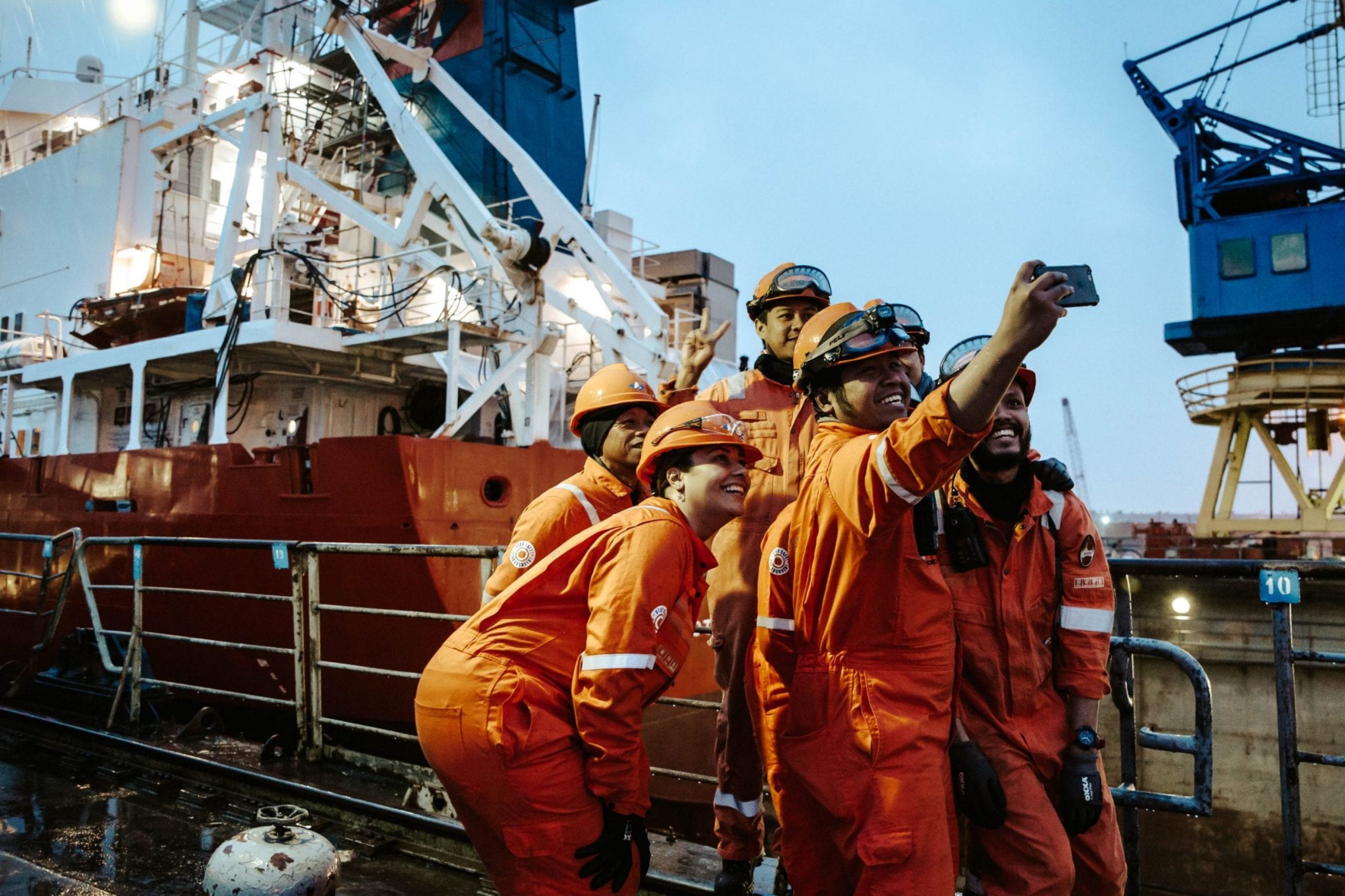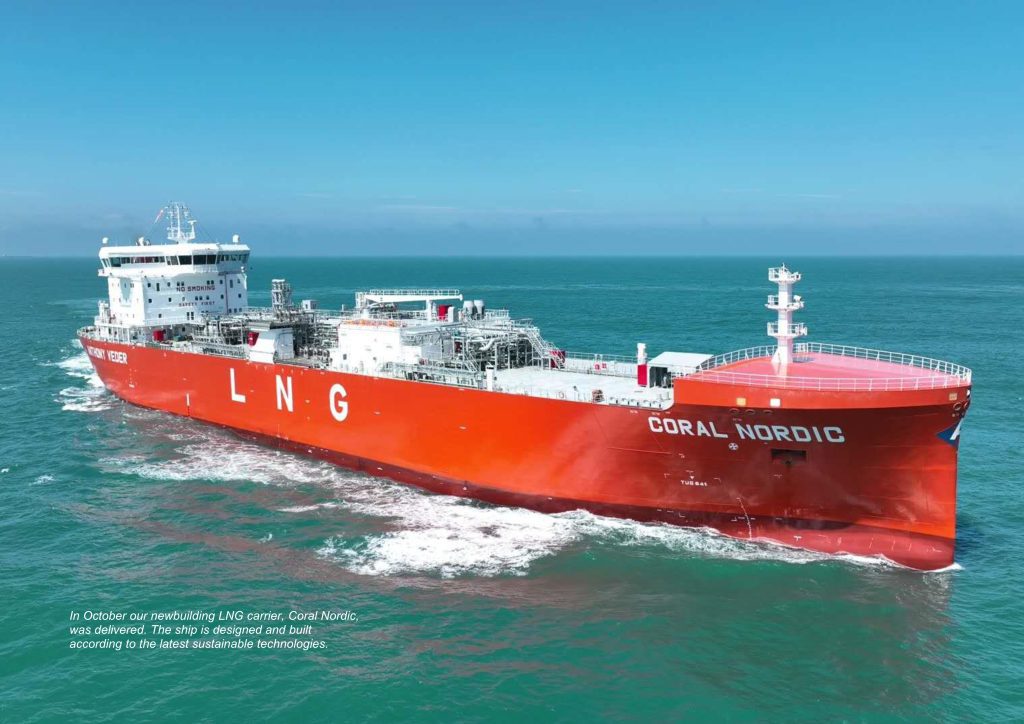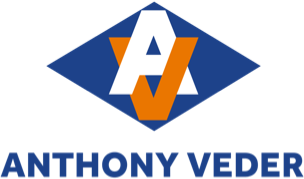
Sustainable growth report 2022
Sustainable growth report 2022
REGULATIONS
In 2022, a lot happened from a regulation perspective. From the IMO, we continued enrolling our ballast water treatment (BWT) program, worked on our plans to implement the EEXI, and prepared ourselves for the CII. For all vessels, we issued the related new form of the SEEMP Part III.
On EU level, we took note of the plans under the “Fit for 55” program, reducing GHG emissions in the EU by 55% in 2030 and achieving climate neutrality in 2050:
The EU-ETS introduces taxation on CO2 emissions for the maritime sector, to be gradually increased between 2024 and 2026 (40% in 2024, 70% in 2025, and 100% in 2026).
Secondly, we have the Fuel EU which incentives the reduction of the maritime GHG energy intensity, which is measured on a well-to-wake perspective with a start date year 2025. For vessels above 5000 gross tonnes calling at European ports, its aim is to reduce the annual average carbon intensity by 2% in 2025, 6% in 2030 and 80% in 2050 and to connect vessels to the onshore power supply (date of implementation unclear).
Finally, we had the EU Energy Tax Derivative (EU ETD), which would increase tax on fossil fuels. This regulation is currently put on hold and it is unclear when consensus is reached between EU member states.
More information on certain topics and our efforts you can read hereafter.
Ballast water management
Ballast water may transfer marine species from one area to another, which has an impact on the biodiversity of that area.
To decrease the impact, ballast water from one area is to be treated before it is discharged in the other area.
All vessels after 2013 are already equipped with such a system. Besides the 17 vessels that were already equipped with ballast water treatment systems (BWTS), we have further installed 5 BWTSs on our fleet in 2022.
Energy Efficiency eXisting ships Index (EEXI)
As part of the IMO’s ambition to reduce absolute GHG emissions by 50% compared to 2008 by ships in 2050, they have introduced the EEXI regulation in addition to the EEDI, which is only applicable for newbuilding vessels.
All vessels above 400GT were investigated to examine if further action was needed to comply with the regulation as of 1 November 2022.
For our fleet, this resulted in 18 vessels needing power limitation.
Therefore, we chose to implement Shaft Power Limitation (ShaPoLi) systems, as this system is more cost-efficient and will deliver more advantages than the alternative option available for our fleet, which was Engine Power Limitation (EPL).
The ShaPoLi system consists of a torque meter connected to a display unit on the bridge, herewith we can control and limit the maximum power delivered to the shaft, whereas the EPL system would have been a physical interference in the engine design not being reservable.
Any exceedance of the maximum torque triggers an alarm, which gives a direct automated entry into the logbook. The first torque meter will be installed on board the first ship due for the IAPP survey in Q1 2023, followed by the rest of the fleet in due course of 2023 and 2024.
Carbon Intensity Indicator
Starting on 1 January 2023, one of IMOs new regulations with the aim to reduce the carbon intensity of ships is the CII (Carbon Intensity
Indicator). The CII is calculated by using the AER [gCO2/nm.dwt] and is applicable for all vessels above 5,000GT.
Due to the nature of our trade, nursing our cargo and sailing through ice, our vessels are penalised compared to other vessels. To reduce the negative effect hereof, reduction factors have been developed and are applicable.
The AER score in combination with the exemptions, forms the basis of calculating the CII score. Every vessel has its specific CII table depending on its type and size, the table provides AER (with exemptions) limit values for every label from A to E.
A till C means a satisfactory score. In case a vessel scores 1 time an E or 3 times in a row a D, a new SEEMP plan for this specific vessel needs to be submitted.
Read more about the CII score and how it can be calculated: Click here
For indication purposes, CII scores of our fleet for the year 2022 are provided in a paragraph under emissions.

